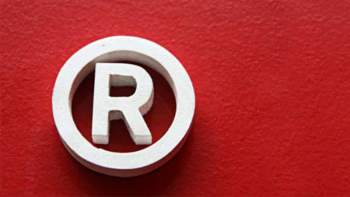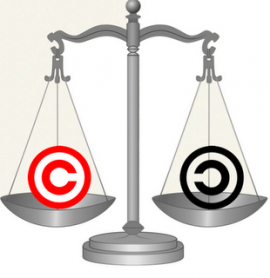
Trademark Infringement

Popular In Trademark
Trademark Registration Overview How To Trademark A Name Trademark Symbols Remedies To Trademark Infringement Defenses Against Trademark Infringement Paris Convention How To Report Trademark Infringement Tm Symbol Trademarks Common Law And Trademarks Types Of Passing Off How To Register A Trademark The Madrid Agreement Overview
What is a Trademark?
A trademark is a distinctive indicator used by an individual, business or entity to identify that the attached services or products originate from a unique source. The trademark, thus, distinguishes products or services from those of other individuals or entities. A trademark is designated by a symbol, which is then, attached to a word, phrase, name, symbol, design, image, logo or a combination of said works to provide exclusive protection rights. The holder of a registered trademark can engage in legal proceedings if the holder’s trademark is infringed upon; a legal action will impede unauthorized use of the mark. That being said, registration is not required. The holder of a common law trademark may also initiate a legal action; however, an unregistered trademark is only protected within the jurisdiction which it is used or the areas it may expand to.
What is Trademark Infringement?
Trademark infringement refers to a violation of the exclusive right latent in a trademark; it is the unauthorized use of the trademark’s attached element. Trademark infringement occurs when an individual or entity uses a trademark that is confusingly similar or identical to a mark owned by another party—the services or product are similar or indistinguishable to the facilities or products that the original mark covers. If trademark infringement occurs, the holder of the original mark may commence in legal proceedings against the party that infringed upon the trademark.
Trademark infringement undermines the rights granted in the mark. When a trademark qualifies for protection, the attached rights are protected when the mark is used in commerce or if the party was the first to register the mark with the United States Patent and Trademark Office.
The use of a trademark typically means the actual sale of the attached product or service to the public is reserved for the original register—the register acquires priority to use the mark in connection with selling or marketing the attached work.
If the mark is not used in connection with commerce, rights are transferred, only if it is registered with a Trademark Office. Registration of a trademark with a government office gives the filing party the right to use the mark nationwide, even if transactions in commerce are only limited to a certain area. Although registration with a trademark office is not required for a mark to be protected, the process does confer a series of advantages to the filing party. If an individual or entity owns the rights to a specific mark, that party can sue subsequent parties for trademark infringement; the standard for a suit is based on the “likelihood of confusion.” More specifically, the use of trademarks in connection with commerce constitutes trademark infringement if the copied product causes consumer confusion regarding the source of the product.
When evaluating confusion in a trademark infringement case, the courts will evaluate the following factors or situations:
• Trademark infringement cases will inspect the strength of the trademark and the uniqueness of the marked symbol or work
• Trademark infringement cases will evaluate the proximity of the two goods or services
• Trademark infringement cases will evaluate the similarity of the trademarks
• To prove trademark infringement, the registered party must show evidence of confusion
• Trademark infringement will typically inspect the defendant’s intent—the court will inspect the defendant’s reason for copying or using the marked work
• Trademark infringement courts will inspect the similarity of the marketing mediums used.
NEXT: A Background on Trademark Law



















